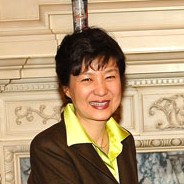
Japanese Prime Minister Shinzo Abe’s Liberal Democratic Party (LDP) swept this past weekend’s House of Councillors elections. Although it was unable to secure a two-thirds majority, the LDP won 65 seats of those contested, which, along with the 11 seats gained by its coalition partner the New Komeito, means the ruling party now holds 135 seats in the 242-seat upper house of parliament. This is good news for Abe. With a majority already in the lower house, the LDP win at the polls eliminates Japan’s “twisted Diet” and provides Abe an opportunity to advance his political agenda. Yet Abe should […]




